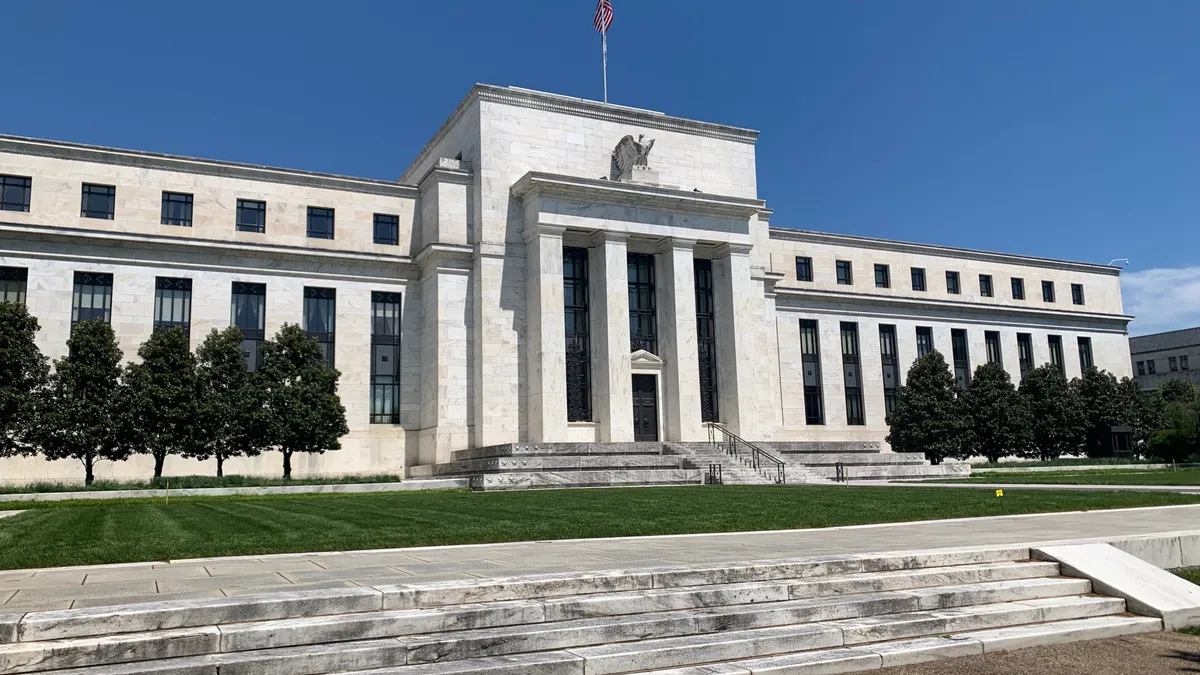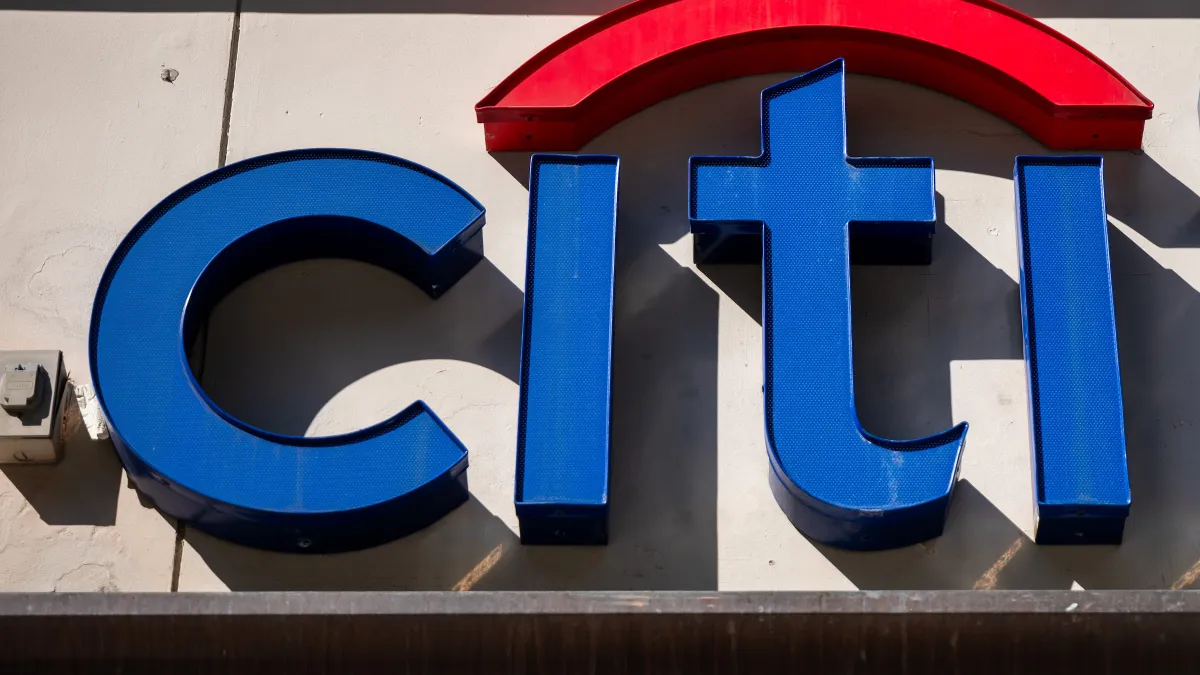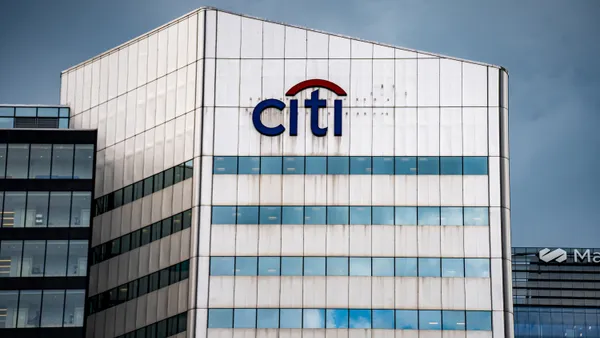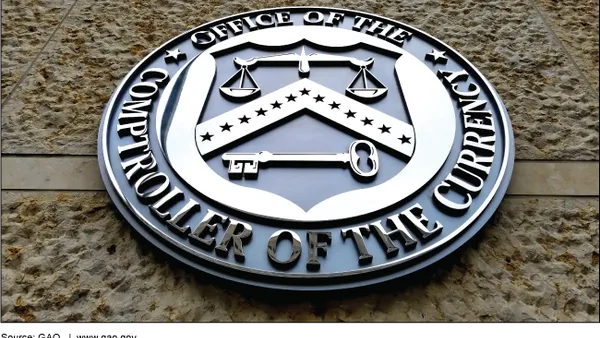Dive Brief:
- The Federal Reserve on Friday said it made an error during this year's stress tests that slightly inflated capital requirements for Goldman Sachs and Morgan Stanley. Goldman Sachs said in a statement Friday its common equity Tier 1 (CET1) capital requirements had been adjusted downward to 13.6% from 13.7% and its stress capital buffer reduced to 6.6% from 6.7%. Morgan Stanley said its CET1 ratio, likewise, has been revised to 13.2% from 13.4%, and its stress capital buffer to 5.7% from 5.9%.
- The central bank said it overestimated hypothetical losses on certain public welfare investments such as those made in funds or companies that back housing and community development in low- and moderate-income areas.
- The error also affected calculations for Citi, Wells Fargo and HSBC but not enough to change their capital requirements, the Fed said.
Dive Insight:
Because the Fed considers Goldman Sachs and Morgan Stanley's business models riskier, the two banks already held the largest stress capital buffers of the 34 institutions the central bank oversees.
Goldman Sachs appealed the Fed's June stress test results, saying the bank's strong second-quarter trading results showed its trading operations were "countercyclical," according to a source for the Financial Times. Goldman's bond trading revenue increased almost 150% during the second quarter, and its equities trading revenue jumped 46%. The trading division produced roughly $2.5 billion more than analysts expected, CNBC reported. The Fed denied Goldman's appeal, alongside others from Capital One, Citizens, Regions and Bank of Montreal, according to American Banker.
One of the Fed's stress-test scenarios determines whether banks have enough funds on hand to counterbalance two years of severe economic and market stress.
Goldman was the only bank to have a capital shortfall after this year's tests were released, the Financial Times reported. It had a CET1 ratio of 12.5% at the end of the first quarter, but raised that level in June to 13.6%.
To comply with the Fed's June order, Goldman would have had to boost its CET1 ratio to 13.7% by Oct. 1. Goldman said in June it was on track to meet the Fed's requirement by October.
The Fed said Friday it has instituted changes to ensure similar errors in capital requirements calculation won't occur in the future.














